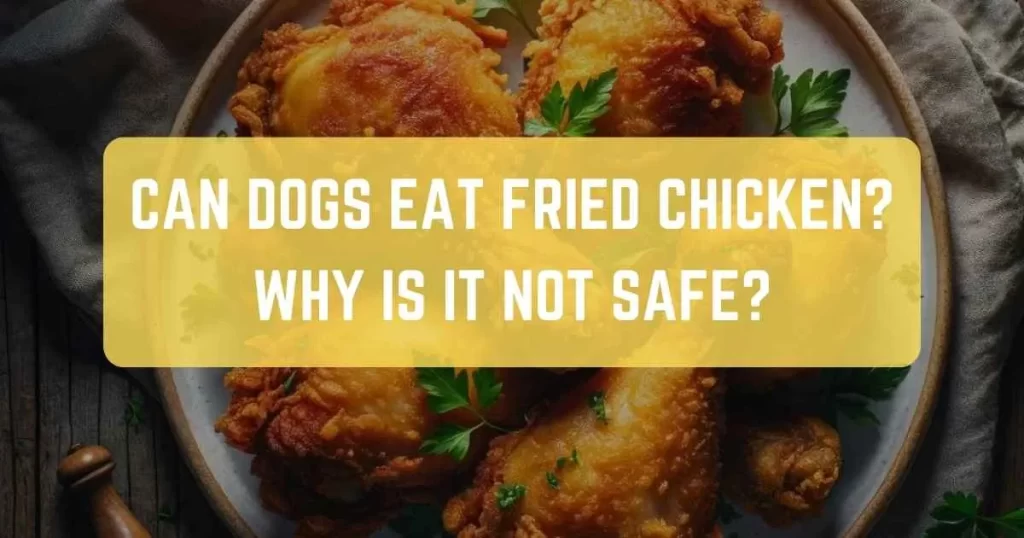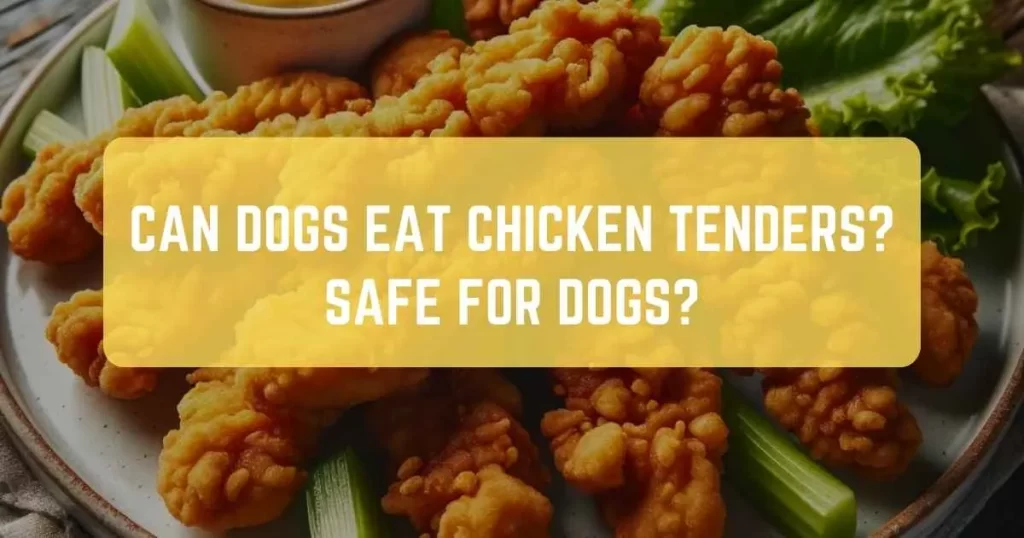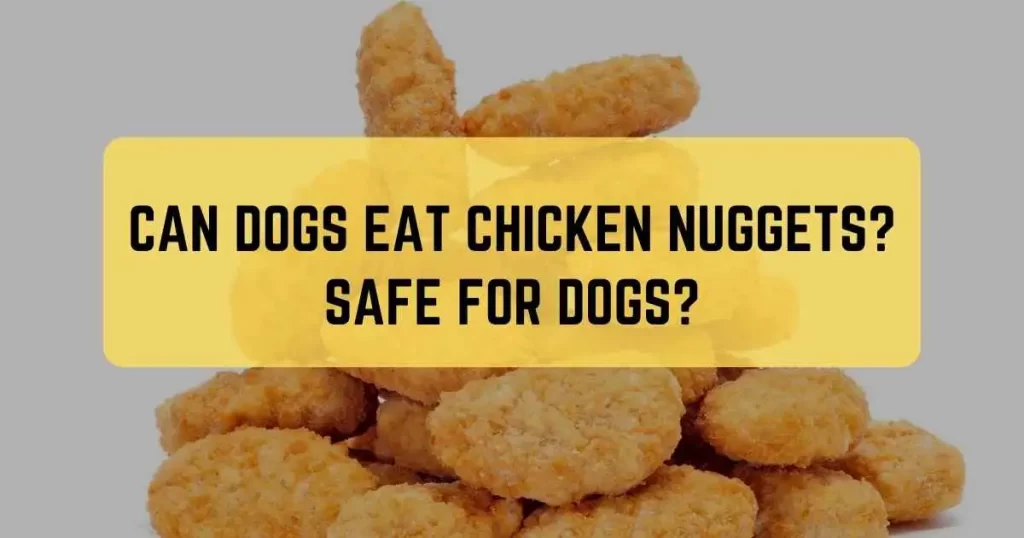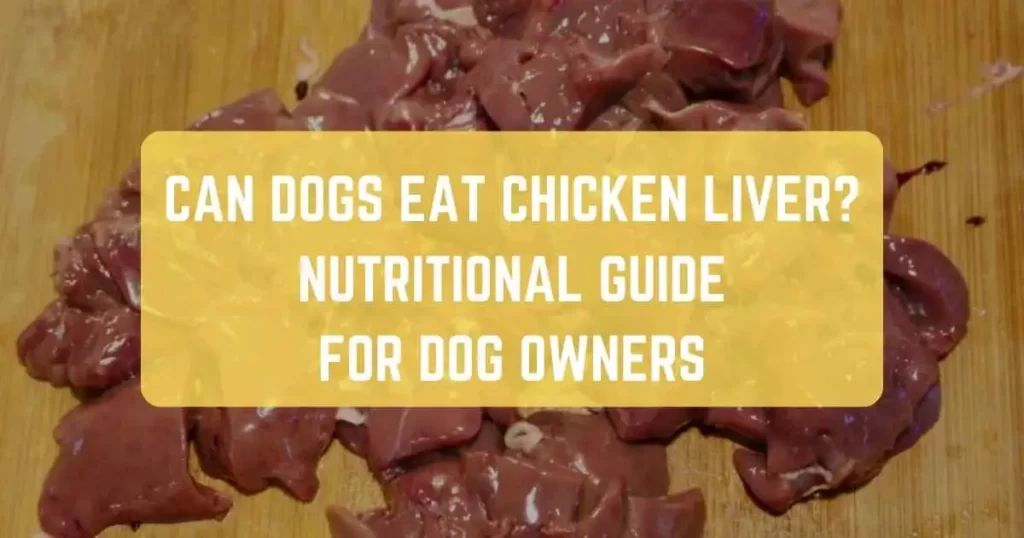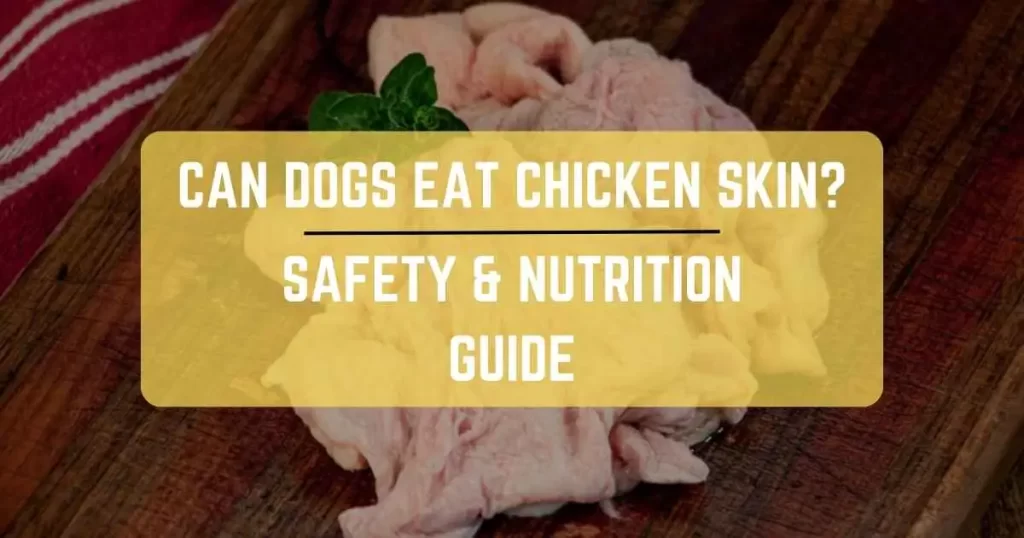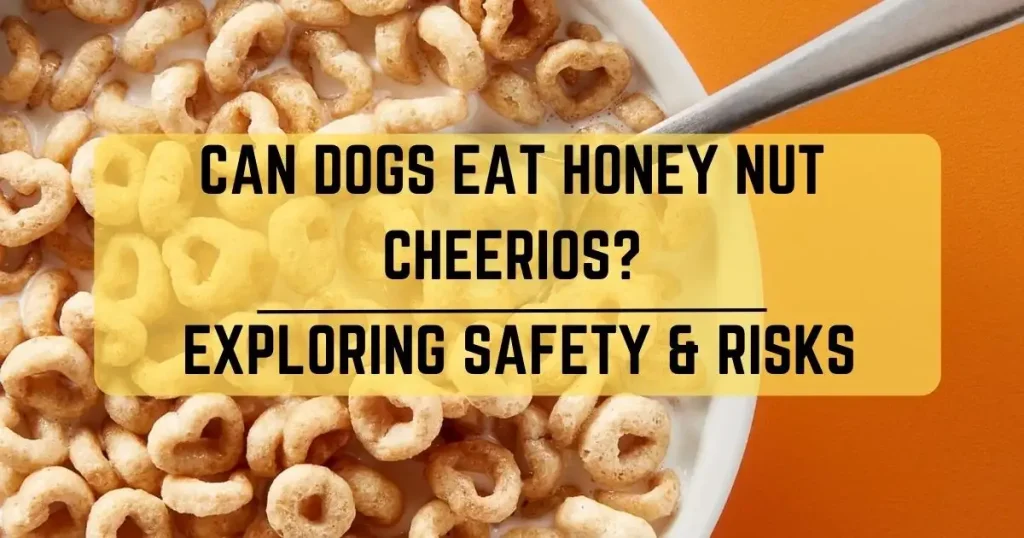
Imagine this: you’re enjoying a bowl of cereal in the morning, and your four-legged friend gazes up at you with those hopeful eyes. You wonder, can dogs eat Cheerios?
As devoted dog owners, we want the best for our furry companions, and that includes their treats. If you’ve ever questioned whether it’s safe to give your dog a taste of your breakfast cereal, you’re not alone.
In this quick read, let’s delve into the world of dogs and Cheerios, uncovering the truth about what your pup can enjoy and what to avoid.
So, grab your bowl of cereal, and let’s explore together.
Can Dogs Eat Honey Nut Cheerios?
Yes, dogs can eat Honey Nut Cheerios in moderation. While the cereal is not toxic to dogs, it contains sugar and honey, which should not be a significant part of a dog’s diet. Large amounts can contribute to obesity and dental problems.
Additionally, some dogs may have an allergic reaction to nuts or other ingredients. Always monitor your pet after introducing a new food into their diet.
Understanding Cereal and Dogs
Cereal, a common breakfast staple for us, might trigger the thought of whether it’s suitable for our canine pals. Dogs are primarily meat-eaters, and their nutritional needs differ from ours. While some types of cereal may be acceptable in moderation, others can pose risks. Honey Nut Cheerios, with their crispy texture and sweet flavor, seem like an inviting option for a dog treat. However, before you pour a bowl of this cereal for your furry companion, consider the following factors.
Nutritional Benefits of Cheerios for Dogs
Cheerios, especially the plain variety, can offer a few nutritional benefits when given to dogs in moderation. Here are some reasons why Cheerios can be a dog-friendly treat:
- Low Sugar Content: Plain Cheerios contain only a small amount of sugar, making them a healthier option compared to sugary dog treats.
- Fiber: Cheerios are made from whole-grain oats and contain around 4 grams of fiber per serving. This can aid in digestion and regulate bowel movements.
- Vitamins and Minerals: Cheerios contain some essential vitamins and minerals that can complement a dog’s diet. These include B vitamins, iron, and zinc.
- Crunchy Texture: The crunchy texture of Cheerios can help promote dental health by reducing plaque buildup.
Potential Risks of Feeding Your Dog Cheerios
While some aspects of Cheerios are appealing, it’s important to be aware of potential risks:
- Sugar Content: Flavored Cheerios, like Honey Nut or other varieties, can be high in sugar, which isn’t ideal for your dog’s diet.
- Allergies and Sensitivities: Dogs can develop allergies to certain ingredients, and wheat found in Cheerios might trigger wheat allergies in some dogs.
- Weight Gain: Excessive consumption of any treat, including Cheerios, can contribute to weight gain and obesity in dogs.
- Flavoring Concerns: Some Cheerio flavors, like chocolate or heavily spiced varieties, should be avoided, as they can be harmful to dogs.
- Digestive Distress and Diarrhea: Feeding your dog Cheerios, especially those with high sugar content or unfamiliar ingredients, could lead to digestive issues like diarrhea. Dogs have sensitive stomachs, and sudden changes in their diet can result in upset stomachs and loose stools.
Cheerio flavors Dogs can Enjoy
While there are flavors of Cheerios that dogs can’t eat, some varieties can make for an occasional tasty snack. Consider these options:
- Plain Cheerios: The classic plain Cheerios are a safe bet, with minimal additives and low sugar content.
- Apple Cinnamon Cheerios: The apple and cinnamon flavor can offer a hint of sweetness without being overpowering.
- Pumpkin Spice Cheerios: As long as your dog isn’t sensitive to pumpkin, this fall-inspired flavor could be a delightful treat.
- Chocolate Cheerios: Chocolate is toxic to dogs, and any chocolate-flavored Cheerios should be kept far away.
- Highly Sugared Varieties: Flavors with high sugar content, like frosted or honey nut, should be limited due to their potential impact on your dog’s health.
- Highly Spiced Varieties: Cheerios with strong spices, like cinnamon or spicy flavors, can upset a dog’s stomach and potentially lead to gastrointestinal distress.
Cheerio Flavors that Dogs Should Avoid
- Plain Cheerios: The simplest and safest choice, plain Cheerios offer a crunchy texture and minimal ingredients, making them a suitable occasional treat for dogs.
- Apple Cinnamon Cheerios: While not entirely plain, the apple cinnamon flavor is generally milder and can provide a bit of extra taste without excessive sugar or harmful additives.
- Original Multi-Grain Cheerios: These varieties often have whole grains and a balanced flavor profile that can be easier on a dog’s digestion.
- Oat Cluster Cheerios: Some oat cluster varieties might be acceptable if they have minimal added sugars and no ingredients harmful to dogs.
- Low-Sugar Variants: If available, choose Cheerios with the lowest sugar content possible. These are more likely to be safe for dogs in moderation.
Conclusion
When it comes to sharing Cheerios with your canine companion, the verdict is clear: dogs can indeed eat Cheerios but with a few important considerations.
As devoted dog owners, we understand the desire to treat our furry friends to something special. From the plain to the subtly flavored, Cheerios can make an occasional tasty and delicious treat for your pup.
Remember, moderation is key – offering a few Cheerios won’t harm your furry friend, but a bowlful might lead to unwanted health issues.
So, next time your dog gives you those adorable “please share” eyes, you’ll know that a few Cheerios can bring joy without compromise.

